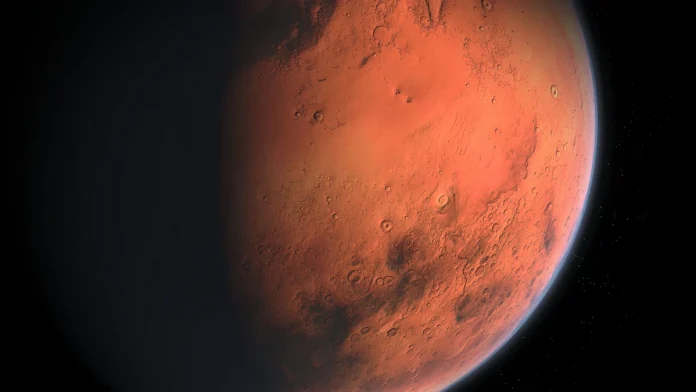India’s Mars orbiter has run out of propellant and its batteries are beyond safe limits, prompting speculation that the country’s first interplanetary mission ‘Mangalyaan’ may have finally completed its long run.
The said Rs. 450 crore Mars orbiter mission was launched on 5 November 2013 on PSLV-C25 and MOM spacecraft was successfully inserted into Mars orbit on 24 September 2014 in its first attempt.
“Currently, there is no fuel left. The satellite’s battery is dead,” Indian Space Research Organization (ISRO) sources told PTI. “The link is lost”.
However, there is no official word from the country’s National Space Agency, which is headquartered here.
In the past, with fuel on board to avoid impending eclipses, ISRO MOM was performing orbital maneuvers to take the spacecraft into a new orbit.
“But recently there have been one-on-one eclipses with eclipses lasting seven-and-a-half hours,” the official said on condition of anonymity, adding that all the propellant on the aging satellite had been consumed.
“Since the satellite battery is only designed to handle an eclipse duration of one hour and 40 minutes, a longer eclipse would drain the battery beyond safe limits,” another official said.
ISRO officials noted that the Mars orbiter operated for nearly eight years, beyond its designed mission life of six months.
“It has done its job and produced significant scientific results,” he said. The objectives of the mission were primarily technical and included the design, acquisition, and launch of a Mars Orbiter spacecraft capable of operating with sufficient autonomy during the travel phase; Entry/Capture into Mars Orbit and Phase into Mars Orbit.
MOM – a technology demonstration initiative – carries five scientific payloads (totaling 15 kg) collecting data on subsurface geology, morphology, atmospheric processes, surface temperature and atmospheric escape processes.
The five instruments are: Mars Color Camera (MCC), Thermal Infrared Imaging Spectrometer (TIS), Methane Sensor for Mars (MSM), Mars Exospheric Neutral Composition Analyzer (MENCA) and Lyman Alpha Photometer (LAP).
“MOM is credited with several accolades such as cost-effectiveness, short-duration realization, economical mass-budget and miniaturization of five heterogeneous science payloads”, ISRO officials pointed out.
MOM’s highly elliptical orbit geometry enabled the MCC to take snapshots of the ‘full disk’ of Mars at its farthest point and in fine detail from its closest point.
MCC has produced over 1000 images and published a Mars Atlas.
Meanwhile, plans for a follow-on Mars mission to the Red Planet have yet to be finalized.
ISRO had floated an ‘Announcement of Opportunity’ (AO) for the future Mars Orbiter Mission (MOM-2) in 2016 but officials admitted that it is still on the drawing board with ‘Gagayan’, Chandrayaan-3 and Aditya – L1. Projects on the space agency’s current priority list.
The AO had said, “It is now planned to have a further orbiter mission around Mars for future launch opportunities. Proposals are invited from interested scientists in India for experiments on an orbiter mission around Mars (MOM-2), to address the relevant scientists. Issues and topics.” “Not in the approved list as of now”, a senior ISRO official told PTI when asked about the update on MOM-2.
“We need to prepare the project proposal and payload in broad consultation with the research community,” the official said. “It’s still on the drawing board. But the mission needs more details and international cooperation to finalize it.”












